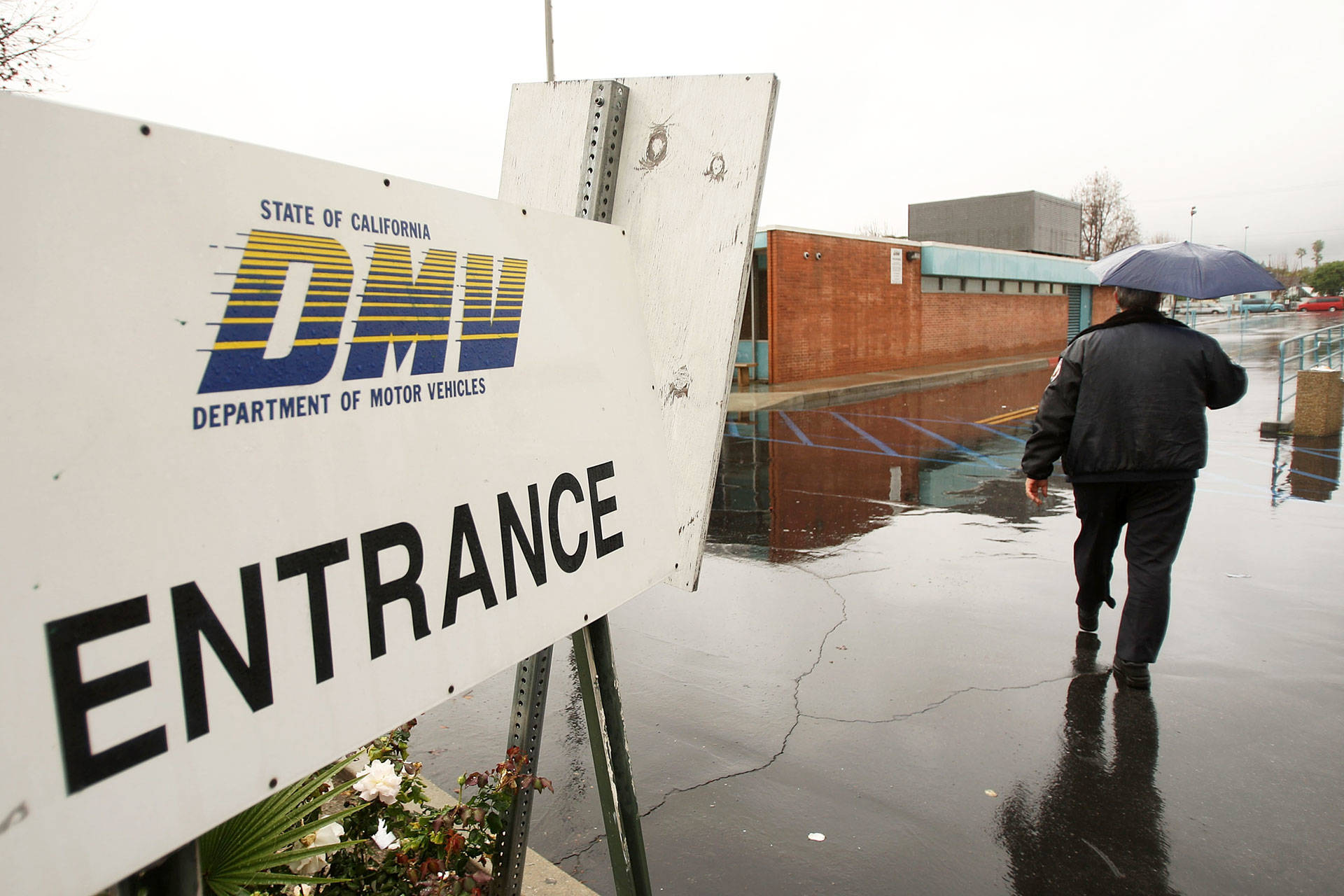“We still don’t know if ... they had planned all along to have an interim process between April and September or if this is something they cobbled together because something wasn’t ready.”
The DMV declined to answer CALmatters’ questions about the computer systems, instead providing a statement saying the motor voter program “has been implemented in phases, allowing DMV to roll out additional functionality.” The latest upgrade, the statement says, was on Sept. 26.
The botched rollout of the motor voter system — which comes as the state prepares for mid-term elections — points to two long-standing problems in California. One is the state government’s pattern of failure on large information technology projects; the other is its history of flouting the federal voter-registration law.
Common Cause and other voter-rights advocacy groups sued the state in 2015, alleging it had failed to follow federal law requiring that states register people to vote and update their voting registrations when they get or renew a driver’s license or ID card. The Legislature then passed a law creating automatic voter registration at the DMV, and the advocacy groups have been working with the government to implement it.
The idea was that rather than duplicating information by filling out a voter-registration form and a driver’s license form, Californians who are legally eligible to vote would automatically be registered when completing the DMV’s computerized application for a driver’s license or ID card.
Since the program launched in April, about 1.4 million Californians have registered to vote or updated their voter registration through the motor voter process — and the DMV has acknowledged three batches of mistakes:
- A software error affected 77,000 registrations, resulting, in some cases, in two registration forms indicating different party preferences being issued for one voter (reported in May).
- A window-toggling error affected 23,000 registrations, resulting in changes to voters’ party preference, vote-by-mail options and language choices (reported in September).
- A data-entry error resulted in 1,500 people being registered to vote even though they are not legally eligible because they are not U.S. citizens, are under 18 or are on parole for a felony conviction (reported this month).
Though the problems are serious, none indicate intentional acts of fraud or hacking. Instead, they appear to be the result of human error and glitchy technology — which officials say are being fixed with software updates and employee training. The secretary of state said erroneous registrations have been canceled and DMV leaders say they’ve put new procedures in place to prevent mistakes in the future.
“We continue to review the efficiency and accuracy of the program and will make additional upgrades as needed,” said the statement from DMV spokeswoman Jessica Gonzalez.
Secretary of State Alex Padilla has said the errors amount to a small fraction of the transactions processed by the DMV and maintains that the corrective steps he’s taking, including a third-party review of the motor voter system, “are crucial to ensuring voter confidence in our democracy.” National experts have repeatedly found that voter fraud is isolated and rare.
Still, with the state government run entirely by Democrats, the motor voter problems have fueled Republican arguments that voting systems are plagued by fraud. In a new digital ad this month, Padilla’s GOP opponent Mark Meuser highlights cases of fraudulent voting and says he wants “to end California's rigged elections.”
The potential for politicizing the problem is why the state government needs to come up with a big picture fix, said Mike Madrid, a Republican political consultant who is an outspoken critic of President Donald Trump.
“There is a way to salvage this but it requires not dismissing it as ‘no big deal,’” he said. “The president of the United States is questioning the integrity of our electoral system and we have just legitimized that fear mongering.”
Madrid wants to see a bipartisan commission formed to examine California’s voting system — not only the motor voter problems but also issues like the incident during the June primary when more than 118,000 names were erased from Los Angeles County voter rolls. An audit found that case was caused by a formatting mismatch between state and local computer systems that left blank spaces where dates of birth should have been, causing the computer to misclassify those voters as underaged.
The state’s Department of Finance will examine the motor voter program as part of its audit of the DMV, which has been plagued by numerous problems this year including massive wait times. But critics say that review is insufficient because the Department of Finance, like the DMV itself, is part of the governor’s administration.
This summer, lawmakers rejected a Republican assemblyman’s request to have the state’s independent auditor investigate the DMV. Now the Democratic assemblywoman who wrote the law creating the new motor voter system said she is going to ask for one when the Legislature reconvenes in January.
“We gave them plenty of time. We increased their budget twice in order to implement this. We allowed them to delay implementation because we wanted it done right,” said Assemblywoman Lorena Gonzalez Fletcher of San Diego.
“When they told us they were ready, obviously they weren’t quite ready.”
